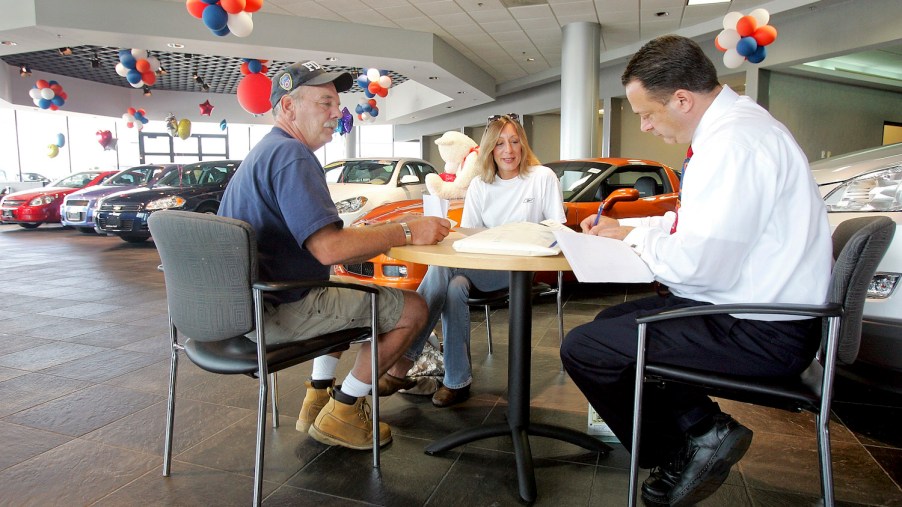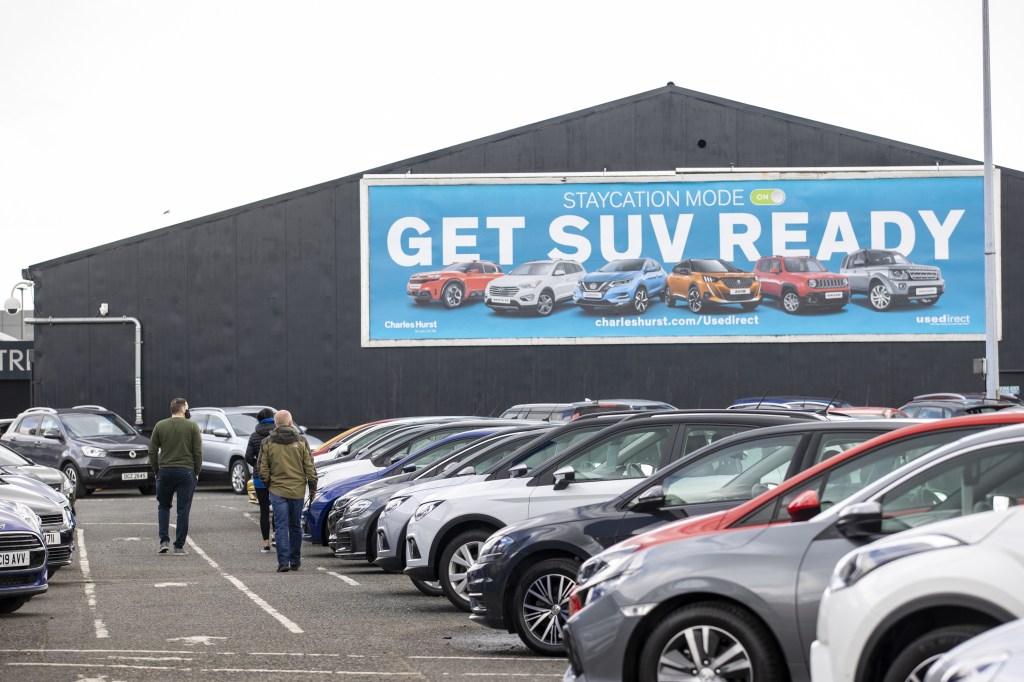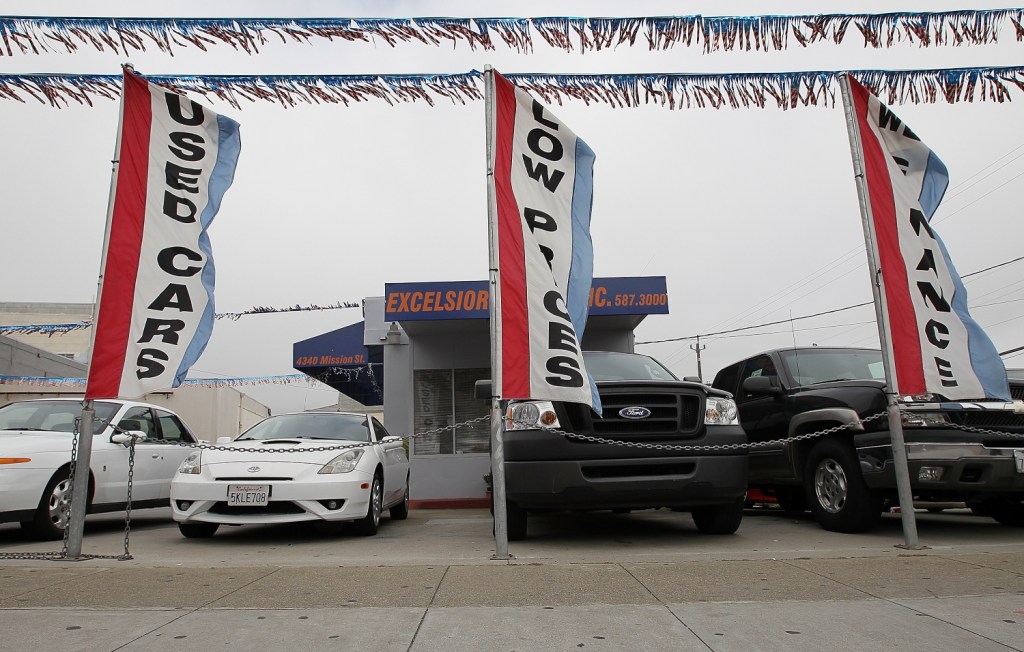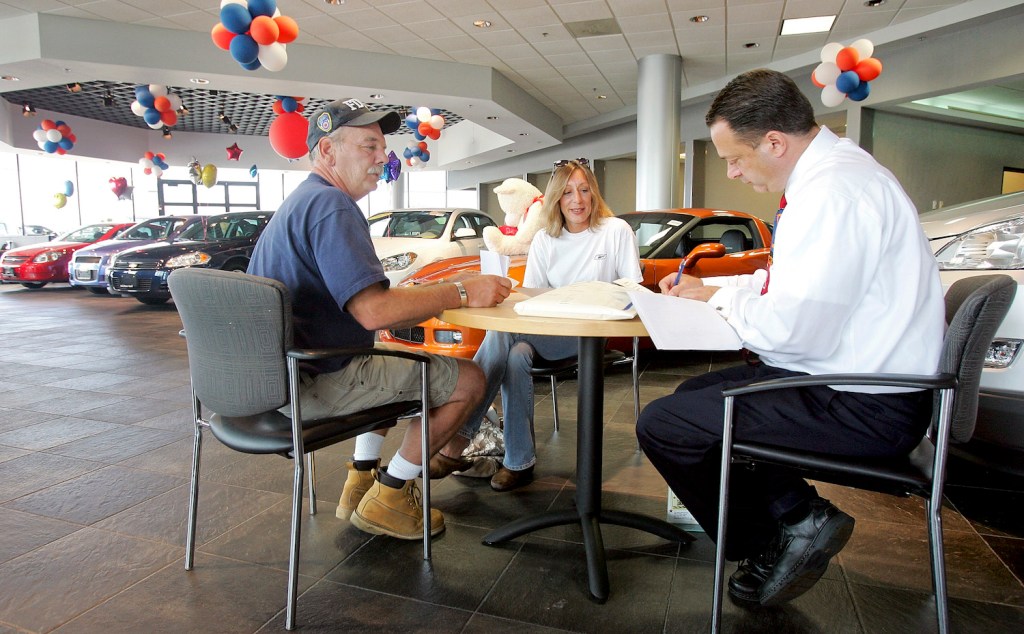
Why Is it Harder to Negotiate on Used Cars in 2021?
If you plan on buying a used car this year, then don’t be too surprised if you’re not able to haggle at a traditional car dealership. According to Ari Janessian – the head of Boston Automotive Consulting – you can thank inventory shortages and competitive business models for the lack of being able to negotiate. Here are a few more detailed points as to why it could be harder to negotiate at a used car dealer this year.
Car dealers have lower profit margins
It’s common knowledge that car dealers typically make more of a profit on used cars as compare to the ones in their new inventory. However, due to the pandemic bringing about sudden changes in the market, dealers now have smaller profit margins to work with on their used inventory.
“The margins at that these dealers are buying the cars for versus what they are selling them for are far less,” Janessian said. “Yes, cars are more overpriced than they were before, however, the margins themselves aren’t as beefy as they were two years ago. Not only are car dealers dealing with less inventory, but they’re also dealing with fewer opportunities to sell these cars for a higher profit margin.”

Dealers have far less inventory of used cars
In addition to lower profit margins, many dealers nationwide are currently working with a smaller inventory of used cars. According to Kelley Blue Book, “a tight inventory doesn’t mean that there are no great deals out there. But they will likely be harder to find.” Janessian also states that dealers typically sell around 20 to 30% used cars in addition to the new cars they sell. But for this year, that percentage is “far less.”
Many dealers are operating on a “one price” policy
Thanks to the pandemic, car dealers are following suit with other third-party dealers like Carmax and Carvana as far as offering customers a one-price option. While this does present a much easier transaction for customers as it effectively negates the need for back-and-forth haggling, it also means that you might not be able to get a lower price for the used car that you want.
“They will not bend on this policy unless the car has been sitting for around 30 to 60 days and then they’ll re-price it,” Janessian said.

The used-car market dictates the pricing
While you might think that the salesperson that you deal with, or the manager that they consort with, sets the pricing for the used cars, they do not. In fact, those sales managers use software that tells them the market pricing for each car based on other cars of similar make, model, mileage, and trim levels.
The managers then price their own used cars accordingly, leaving room for some profit. However, since the profit margins are lower and the used car market has increased, you can expect dealers to hold strong on their prices.

Dealers can let cars sit and there are no incentives to sell
Lastly, since dealers buy their used cars outright, as opposed to financing them, they can afford to let them sit on the lot for long periods of time. There also aren’t any incentives from the manufacturer when it comes to selling used cars, so there’s also no real incentive for them to sell you a used car at a lower price than advertised.



